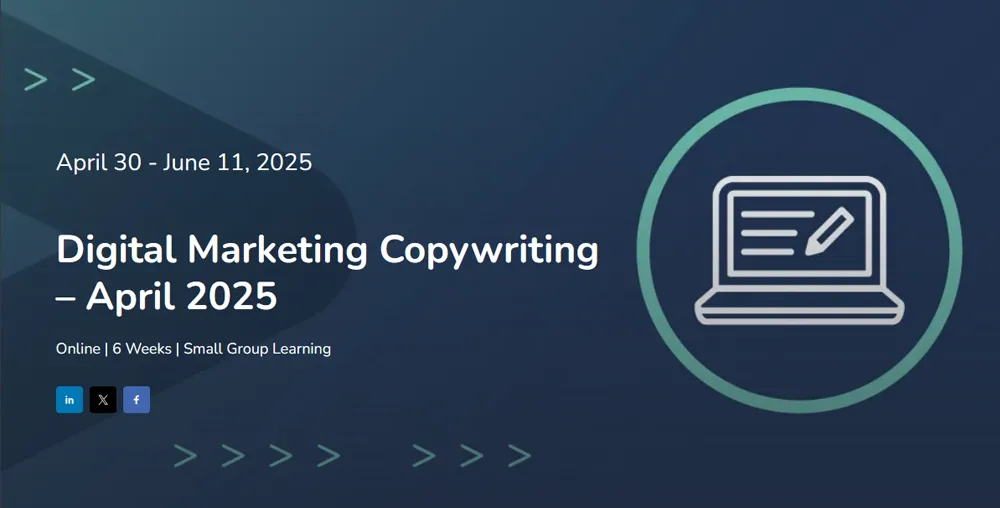
By Michael McEnaney
Hokey, gimmicky, a passing fad … let’s face it, Augmented Reality (AR) hasn’t received much respect in the tech community over the last few years.
The complaints have ranged from lack of true engagement with consumers to simply being too complicated a tech to implement in any serious way for the masses. Simply stated, AR has essentially been on the cusp of becoming the next big thing for over 20 years now.
First, for the uninitiated, AR is a live, direct or indirect view of a physical, real-world environment whose elements are augmented by computer-generated sensory input such as sound, video, graphics or GPS data. As a result, the technology functions by enhancing one’s current perception of reality.
A good example of AR in its most common form is that thin yellow 10-yard line you see when watching NFL football games. It’s a great and very simple example of how AR can function by enhancing and/or modifying a real-world environment with computer-generated input.
Despite the starts and stops, AR may finally be ready for its coming out party, and oddly enough, it may be the marketing world that helps lift the curtain.
Perhaps one of the best examples of this tech being used as an effective marketing tool was the way McDonald’s used AR during last summer’s World Cup. Consumers were able to align their smartphones with a graphic element on the fast food giant’s fry boxes, triggering an interactive overlay which appeared to jump out at the viewer. Consumers could then continue to interact on their phones with the brand by flicking their finger on the screen to shoot a soccer ball into a goal within the display.
“The key with AR as a marketing tool is to use it as an enhancement,” began New York-based retail analyst Lauren Sosik. “It shouldn’t replace the content in a planned campaign but rather be used take it to another level in the engagement process.”
Sosik stressed that with any new technology you’re considering implementing as a marketing tool, it’s important not to let a foray into AR make you take your eye, or your audiences’ eye, off your ultimate goal.
“Stick with providing a value proposition to your audience and there are limitless cool and unique ways AR can help you do that,” she concluded.
Examining the evolving Augmented Reality space and figuring out ways to effectively implement it as a marketing strategy in the session “Blending the Physical/Digital Divide with Augmented and Virtual Reality in Advertising Campaigns” at the upcoming ad:tech San Francisco, May 20-21, 2015, at the Moscone Center West.
Technology continues to revolutionize marketing. To learn more, don’t miss the Blurred Lines track, one of five tracks at ad:tech San Francisco 2015. As a co-sponsor of this event the sfAMA is offering a 20% discount to attendees who register using the promo code: 20sfamasf15. Register here!







Comments are closed.